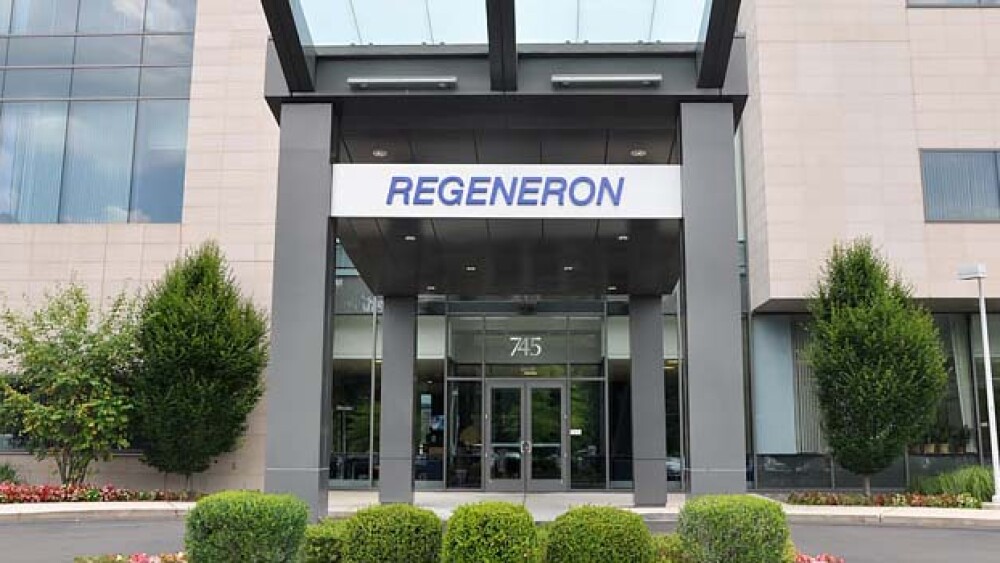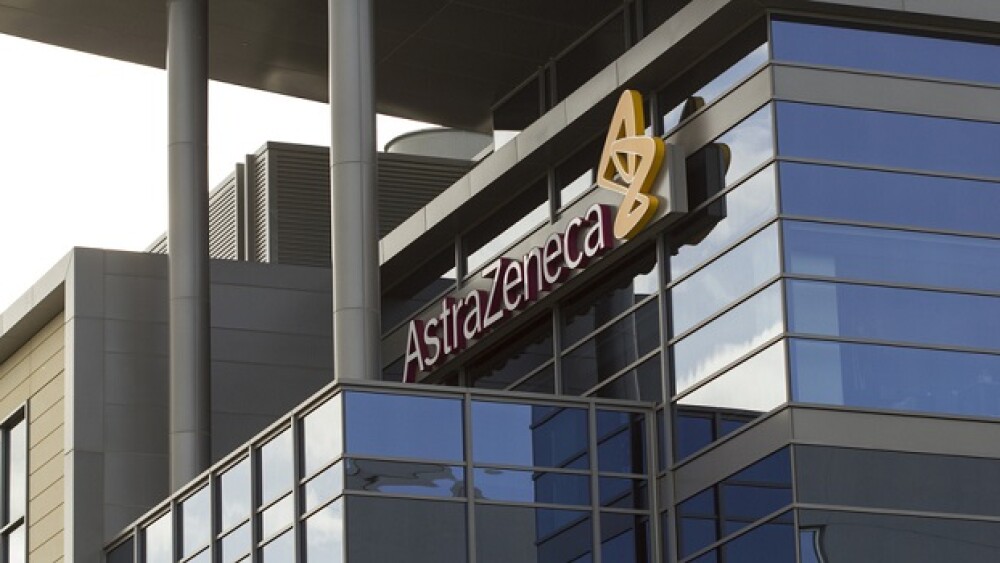Regeneron Pharmaceuticals reported its second-quarter financial results, citing quarterly total revenues of $1.608 billion, up 9 percent from the same quarter in 2017 of $1.470 billion.
Regeneron Pharmaceuticals reported its second-quarter financial results, citing quarterly total revenues of $1.608 billion, up 9 percent from the same quarter in 2017 of $1.470 billion.
Revenue was driven by sales of Eylea, for diseases of the retina, and Dupixent for atopic dermatitis. For the quarter, Eylea brought in a total of $1.658 billion, up 13 percent total, with U.S. sales of $992 million, an increase of 8 percent from 2017’s quarterly figures. Dupixent reported quarterly sales of $209 million for the quarter.
“Regeneron made important commercial progress in the second quarter with continued strong U.S. sales growth for Eylea in retinal diseases and Dupixent in atopic dermatitis,” said Leonard Schleifer, Regeneron’s president and chief executive officer, in a statement. “We are particularly pleased by U.S. launch progress with Dupixent for adults with moderate-to-severe atopic dermatitis, driven by a positive experience in the marketplace by patients and physicians in this serious disease; we anticipate continued robust growth as more physicians increase their experience with the product.”
The company reports 19 product candidates in clinical development, made up of broadening indications for Eylea, Dupixent and Praluent, and development of cemiplimab for cancer, fasinumab for osteoarthritis, evinacumab for high triglyercides, REGN3500 for chronic obstructive pulmonary disease (COPD), REGN3918 for PNH and others.
Schleifer stated, “In the second half of the year, we anticipate two significant U.S. regulatory approvals: cemiplimab for advanced cutaneous squamous cell carcinoma and Dupixent for uncontrolled asthma. We also plan to submit regulatory applications for Dupixent in adolescent atopic dermatitis and to report Phase III results in nasal polyps, in addition to other advances across our innovative portfolio for serious diseases.”
Although the Eylea sales were strong, according to analysts with Piper Jaffray, it missed projections of $1 billion. However, total revenue of $1.61 billion exceeded projections of $1.56 billion.
The company’s net income climbed to $551.4 million, or $4.82 per share in the quarter compared to $387.7 million or $3.34 per share from the same quarter in 2017.
Regeneron updated its 2018 financial guidance. For its Sanofi collaboration revenue, it expects $455 to $485 million, up from a previously projected $450 million to $485 million. For its Non-GAAP unreimbursed R&D, it projects $1.210 to $1.260 billion, up from an earlier projection of $1.230 to $1.310 billion. Its effective tax rate is 13 to 16 percent, from a previous tax rate of 15 to 18 percent, and its capital expenditures is projected at $410 to $450 million, narrower than its previous projections of $420 million to $480 million.
Schleifer recently came out blasting drug prices, drug rebates and the role of pharmacy benefit managers in a Forbes article. Forbes provided a succinct description of U.S. drug pricing, writing, “In a complicated ritual, a drug developer sets a steep list price on a novel treatment, then cuts rebate deals with the middlemen called pharmacy benefit managers. The rebates, which go back to insurance companies or the employers that pay insurance companies, mean insurance plans favor one medicine over another for financial reasons. Schleifer says the whole system ‘needs a reboot.’ But in the meantime, he has to play the game.”
One thing that Regeneron does in terms of pricing that seems a little unusual is submitting its pricing scheme to the Institute for Clinical & Economic Review, a nonprofit that typically argues drugs are too expensive. Regeneron submitted Dupixent to the Institute for their review.
Regeneron’s products aren’t exactly cheap. Its eye drug Eylea runs $11,000 per year per eye. Its cholesterol drug, Praluent, runs $14,000 per year. And its newer drug, Dupixent, to treat dermatological conditions, can go as high as $37,000 per year. On the other hand, by the standards of newer biologics, those are fairly affordable.





